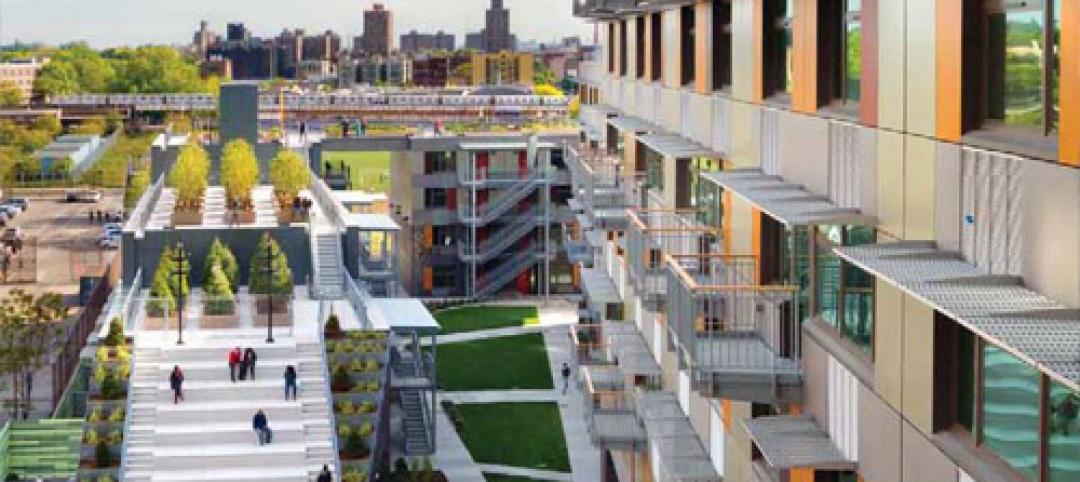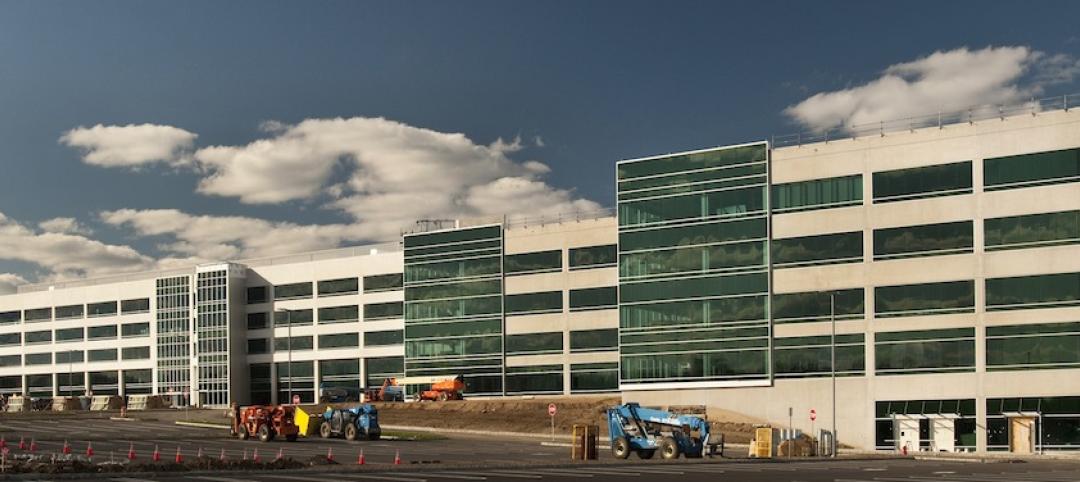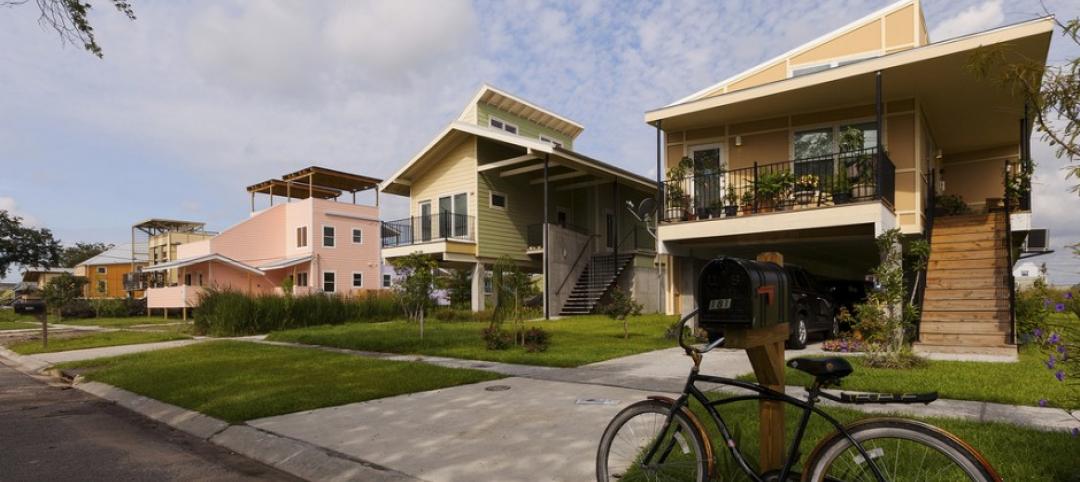Contractors need to be nimble enough to position themselves for whatever the market yields. “We want to be a ‘must consider’ for every project, and to be that, we must constantly improve,” says Pat Di Filippo, Executive Vice President of Turner’s Northeast region.
For the past several years, design-build has accounted for 10–15% of Turner’s work. “If you’re going to do design-build, you have to be able to drive the design,” Di Filippo says. The company is also pursuing projects more aggressively via public-private partnerships.
Last year, the company launched Turner Engineering Group, which now has 16 experts. Di Filippo, who leads the group, says there is “a tremendous thirst” for TEG’s services throughout the company. Its services have been expanded to include design peer review.
One recent project where TEG is providing services is the $114 million Center for Cyber Security Studies at the U.S. Naval Academy, which the design-build team of Turner and Skidmore, Owings & Merrill has been selected to deliver. The 206,400-sf facility will include a research and testing tank to support its engineering and weapons labs, an observatory, offices, and collaborative spaces for students and faculty.
Turner also has been cultivating its self-perform capabilities, such as concrete pouring. Last year, it hired nine regional Lean practice managers to streamline construction and reduce costs.
Making Turner a Lean practices company is a work in progress. “But the results are moving in the right direction,” Di Filippo says.
He is cautiously optimistic about business, especially in New York City, where several mega-projects are in the works. “We’re geared up for opportunities,” he says.
RETURN TO THE GIANTS 300 LANDING PAGE
Related Stories
| Jun 3, 2013
6 residential projects named 'best in housing design' by AIA
The Via Verde mixed-use development in Bronx, N.Y., and a student housing complex in Seattle are among the winners of AIA's 2013 Housing Awards.
| Jun 3, 2013
Trifecta of awards recognize Vision/Rubenstein campus, Bayer Healthcare HQ
When Vision Equities, LLC and Rubenstein Partners purchased the 200-acre former Alcatel-Lucent campus in Whippany a little more than two years ago, the partnership recognized the property’s potential to serve as a benchmark infill revitalization for the State of New Jersey.
| May 31, 2013
Nation's first retrofitted zero-energy building opens in California
The new training facility for IBEW/NECA is the first commercial building retrofit designed to meet the U.S. Department of Energy’s requirements for a net-zero energy building.
| May 30, 2013
The Make It Right squabble: ‘How many trees did you plant today?’
A debate has been raging in the blogosphere over the last few months about an article in The New Republic, “If You Build It, They Might Not Come,” in which staff writer Lydia DePillis took Brad Pitt’s Make It Right Foundation to task for botching its effort to revitalize the Lower Ninth Ward of New Orleans.
| May 29, 2013
Realtors report positive trends in commercial real estate market
Realtors who practice commercial real estate have reported an increase in annual gross income for the third year in a row, signaling the market is on the road to recovery.
| May 28, 2013
LED lighting's risks and rewards
LED lighting technology provides unique advantages, but it’s also important to understand its limitations for optimized application.
| May 28, 2013
Minneapolis transit hub will double as cultural center [slideshow]
The Building Team for the Interchange project in downtown Minneapolis is employing the principles of "open transit" design to create a station that is one part transit, one part cultural icon.
| May 24, 2013
First look: Revised plan for Amazon's Seattle HQ and 'biodome'
NBBJ has released renderings of a revised plan for Amazon's new three-block headquarters in Seattle. The proposal would replace a previously approved six-story office building with a three-unit "biodome."
| May 22, 2013
Return of retail? Rent growth seen in recovering markets
Like digging a ditch with a spoon, retail demand driven by population growth has eaten away at the supply of available store space in the markets that have been slowest to recover from the downturn. Vacancy rates are reaching a point that will give at least some landlords in every market the clout to demand slightly higher rents.

















